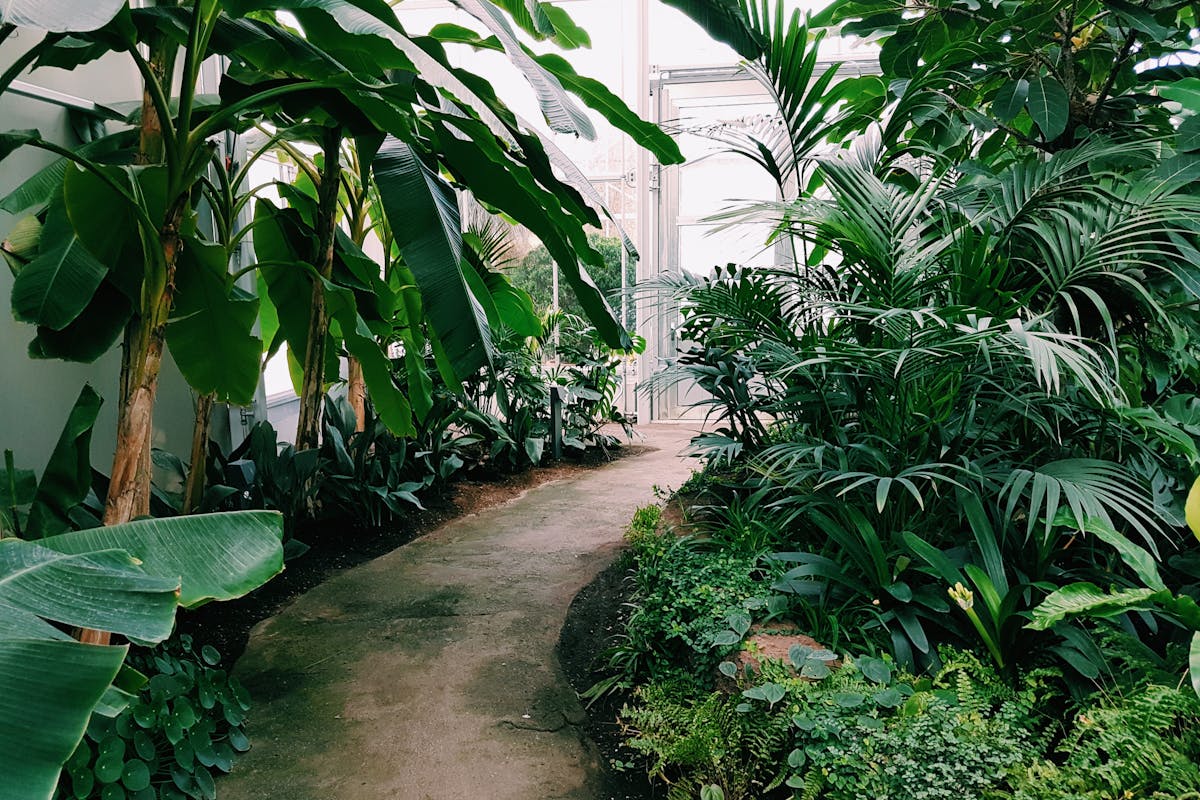Improving Garden Soil Structure: Essential Tips

- Add compost, manure, mulch, and cover crops to improve soil structure and support plant health.
- Limit over-tilling to preserve natural soil structure and enhance water retention and aeration.
- Regularly test and adjust soil pH levels to create optimal growing conditions for a variety of plants.
- Consider using raised garden beds to control soil quality, reduce compaction, and facilitate crop rotation.
Gardening can be a rewarding and fulfilling experience for homeowners. However, the key to a successful garden lies in the quality of the soil. Soil structure plays an essential role in plant growth and development. Hence, having proper soil structure is crucial for any garden to thrive. This blog will discuss essential tips to help you improve your garden’s soil structure and create a healthy environment for your plants.
Add Organic Matter
Adding organic matter can significantly improve the structure of your garden soil. Organic matter helps increase water retention and nutrient availability while also improving drainage. It also acts as a food source for beneficial microorganisms that contribute to healthy soil. There are many types of organic matter that you can add to your garden. Here are four of the best options:
Compost
Made from decomposed plant and animal matter, compost is a fantastic source of nutrients for your plants. It also helps improve soil structure and supports diverse microorganism growth. You can make your own compost by collecting kitchen scraps, yard waste, and other organic materials in a compost bin or pile.
Manure
Manure is another excellent source of nutrients for plants. It contains high levels of nitrogen, phosphorus, and potassium, all essential for plant growth. Just like compost, manure also helps improve soil structure and increase microbial activity. However, it’s crucial to compost manure before using it in your garden to avoid the risk of harmful bacteria.
Mulch
Mulching is an effective way to add organic matter to your garden soil. It helps retain moisture, suppress weeds, and regulate soil temperature. As mulch breaks down, it adds nutrients to the soil and improves its structure. You can use a variety of materials for mulching, such as grass clippings, shredded leaves, or straw.
Cover Crops
Cover crops are plants that you grow specifically to improve soil health. They help prevent erosion, reduce compaction, and add nutrients to the soil through their root systems. They also attract beneficial insects and suppress weed growth. Examples of cover crops include legumes, grasses, and brassicas.
Choosing the right organic matter for your garden will depend on your soil type, climate, and the plants you are growing. You can consult with a local gardening expert or do some research to determine the best option for your specific needs.
Avoid Over-Tilling
Over-tilling can break down the natural structure of the soil, leading to compaction and reduced water retention capacity. Instead of tilling excessively, try incorporating organic matter into the top few inches of soil using a fork or spade. This method helps retain the soil’s structure while also adding nutrients to the top layer.
Test Your Soil pH Levels

Testing your soil’s pH levels is crucial for understanding its structure and identifying any potential issues that may affect plant growth and development. A pH level between six and seven is optimal for most plants, but some species may require different levels to thrive. You can purchase a soil testing kit from a gardening store or send a sample to a lab for more accurate results. Based on the test results, you can use additives such as lime or sulfur to adjust the pH levels.
Invest in a Raised Garden Bed
Raised garden beds offer many benefits, including improved soil structure. By containing the soil within a designated area, you can avoid compaction from foot traffic and heavy machinery. You can also control the quality of the soil in a raised bed by adding organic matter and adjusting pH levels as needed. Opt for a metal raised garden bed, as it is a durable and long-lasting option that can also add a decorative touch to your garden.
Just make sure to water your raised garden bed frequently and keep an eye out for any pests or diseases that may affect your plants. You can also rotate the crops in your raised bed to prevent nutrient depletion and maintain a healthy soil structure.
Maintaining a healthy soil structure is the backbone of a vibrant garden. By choosing the right organic materials, avoiding over-tillage, testing and adjusting soil pH levels, and potentially investing in a raised garden bed, you can create a sanctuary for plants to flourish.
Remember that each garden is unique, and what works for one gardener might need adjustment for another. Keep experimenting with these tips, stay observant of your garden’s response, and continue to foster a nurturing environment for your green companions.

